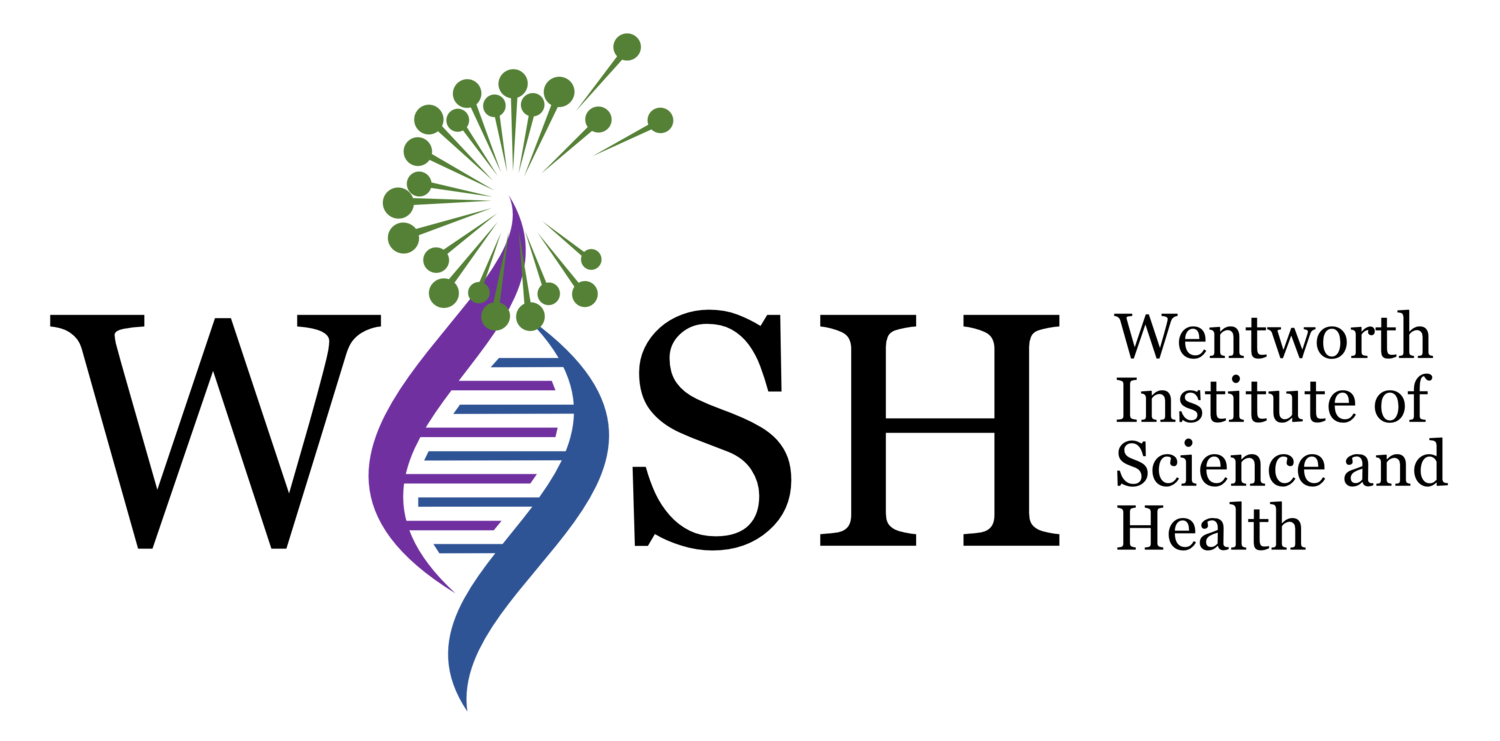STEM Prism
Instructions
Fill the clear container with water.
Place the container on top of a white piece of paper or cardstock.
Use the flashlight to shine a beam of light onto the side of the container.
Observe how the light bends as it passes through the water, creating a rainbow of colors on the white paper.
To enhance the colors, place a mirror underneath the container and shine the flashlight through the water and onto the mirror.
Move the flashlight around and observe how the colors change.
Try adding different objects to the water, such as food coloring or glitter, and observe how it affects the colors.
Materials
Clear glass or plastic container (such as a jar or vase)
Water
White paper or cardstock
Flashlight
Mirror (optional)
Questions:
What do you predict will happen?
What if you change the angle of the mirror or the piece of paper. Do you see more or fewer colors?
What colors do you see? Have you seen these colors in nature?
What colors are missing?
What is happening?
This experiment demonstrates what happens when light is “refracted”. When light enters another substance of a different density, it either slows down or speeds up, causing the light to bend. White light is made up of many different wavelengths and each wavelength bends differently. The difference in angle means the light leaves the water in different positions, showing up on the paper as bands of color. Normally, you can’t see this effect of refraction because the split light is too small.

